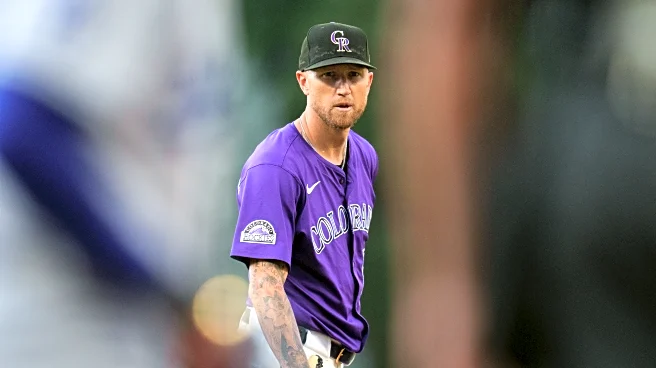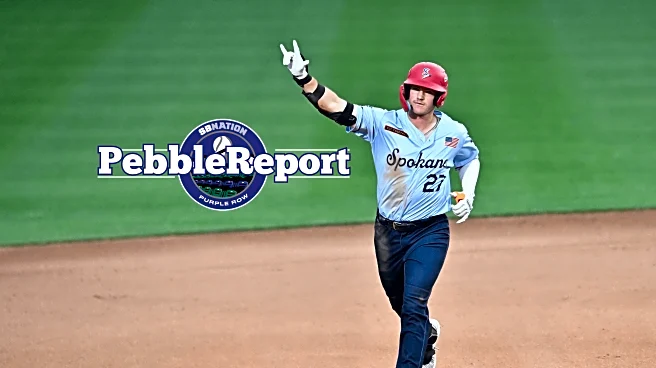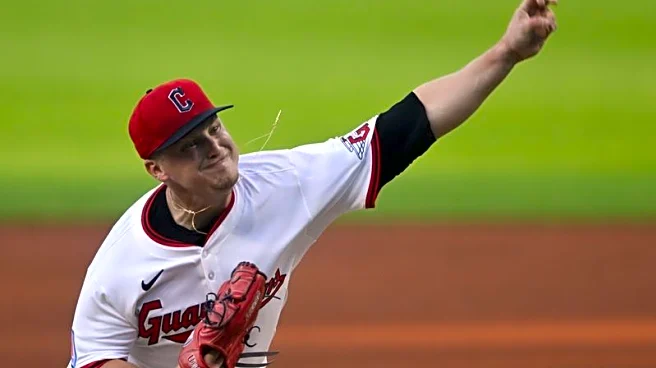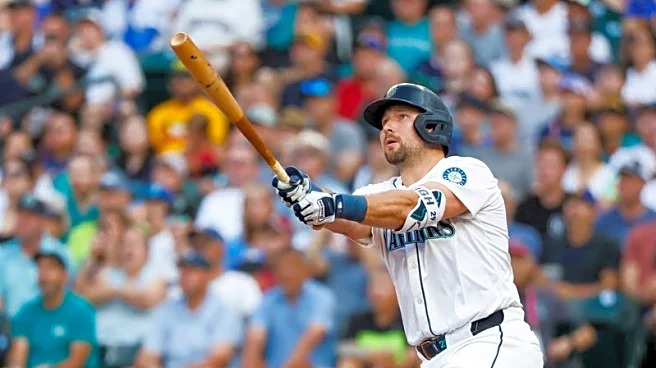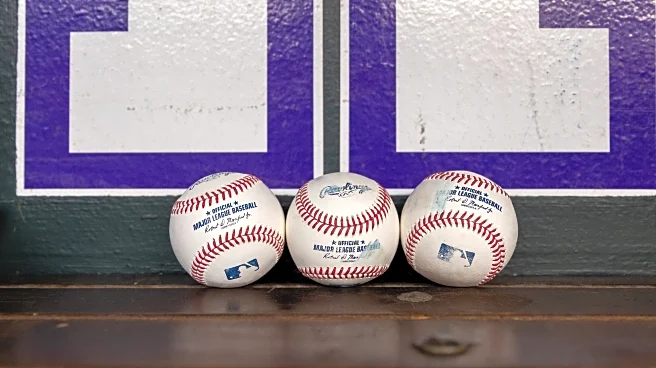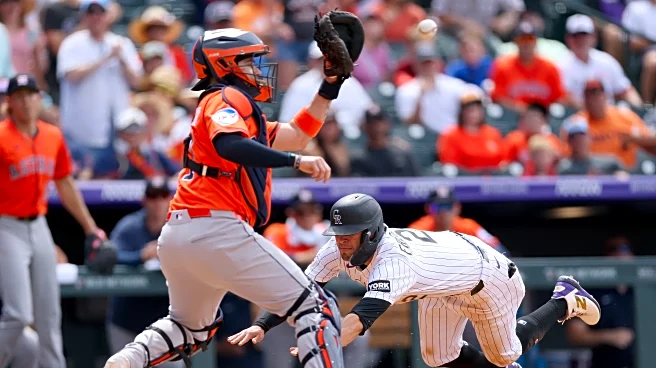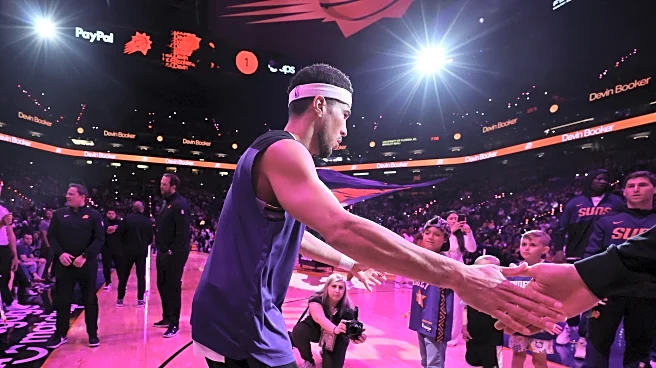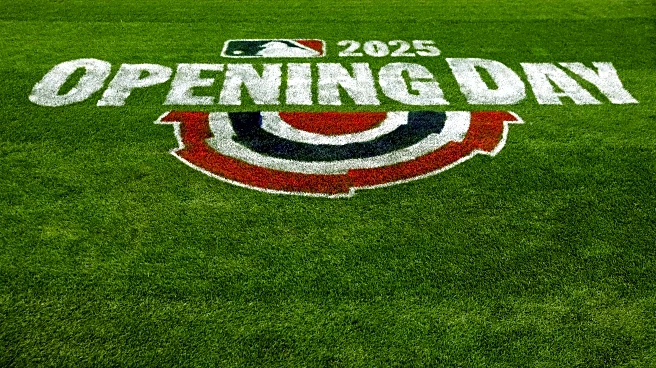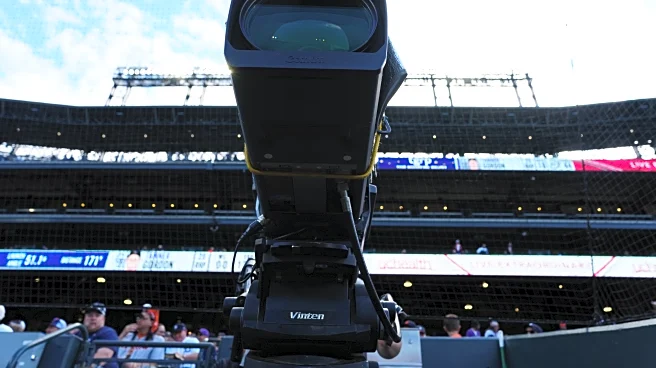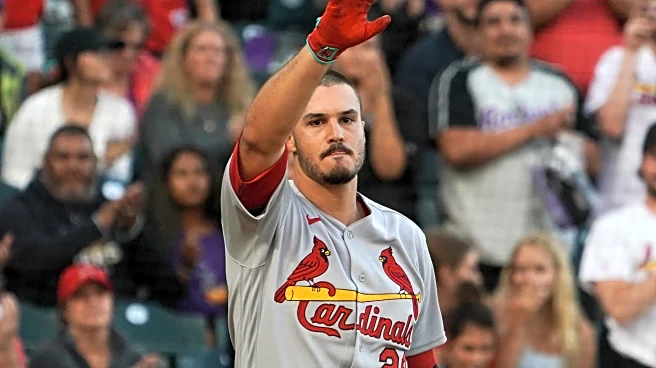
Left-handed starting pitching has steadily seen a boon over the years. The days when fireballing Randy Johnson seemed like an anomaly have evolved into a steady surge of dominant left-handed starters across baseball.
2025 has seen southpaw starters reign supreme with the likes of Detroit’s Tarik Skubal, Boston’s Garrett Crochet and Philadelphia’s Cristopher Sánchez, to name a few. There is no shortage of impressive and effective lefties this season in varying types. The evolution of the southpaw has been
an interesting development in baseball and was recently explored by Stephen Nesbitt of The Athletic.
Nesbitt notes that five of the top seven qualified starters by ERA are left-handed and 11 of the top 23. There are several factors that contribute to the demographic’s ability to overpower hitters, and it boils down to things like a lack of exposure to lefties, which makes hitting them more difficult for both sides of the platoon. Lefties have also evolved from being merely “soft-tossing” arms to become rather nasty, with a diverse pitch mix and a philosophy on how to attack hitters.
After reading Nesbitt’s article, it got me thinking about the history of left-handed starters for the Colorado Rockies, especially in the wake of Austin Gomber’s release. I wanted to gain a better understanding of the left-handed starter and if the Rockies are missing out on something with how they approach lefties.
Soft tossers?
Consider this question: Who is the hardest-throwing lefty starter in Rockies history?
It’s a difficult question to accurately quantify since pitching data back to 1993 is not all-inclusive. On average, the lefty relievers have thrown fastball variants with more oomph compared to the starters. Available data points to Rex Brothers as arguably the hardest-throwing lefty the Rockies have ever had at their disposal, with a 94-95 mph fastball on average. However, our purposes here today are to focus on starting pitching.
From what I can find, the Rockies have had at least 45 left-handed starting pitchers with some sort of recorded data we can look back to. Now, this number is a little skewed because it includes every player who has started at least one game and recorded an out. That won’t be much of an issue, but it will take some discretion to weed things out.
With that in mind, if we just base it on that basic criteria as a starting pitcher, it would be Josh Outman in 2012. He spent two years with the Rockies, mostly as a reliever; however, from June 1 to July 2, Outman made seven starts as part of the Rockies’ four-man rotation experiment. Of course, he didn’t find much success, but he seemed to take the limits of the experiment better than others. He averaged 93.9 mph on just his four-seam fastball and 93.3 mph on his collective fastball variants, both of which would top the franchise.

Yet, since he only made seven starts out of his 88 appearances, let’s turn to the next pure starter on the list. He may have gained notice as a reliever with the Atlanta Braves in the last five years, but Tyler Matzek began his career as a starter for the Rockies in 2014. In his two years with the Rockies, he made 24 starts with a 4.06 ERA. More importantly for our focus, he averaged 92.5 mph on his fastballs, which is the fastest for a primary starter in Colorado.
Matzek falls in line with the numbers that are fairly typical for the Rockies. Their lefty starters have regularly sat in the 88-92 mph range on their fastballs. Of course, we shouldn’t forget Jamie Moyer’s blistering 79.2 mph average on his fastball in 2012.
What about the more successful lefties in Rockies history?
Even on their best days, lefty staples like Jorge De La Rosa and Kyle Freeland aren’t regularly reaching beyond 93 mph. In fact, over the course of his career since 2017, Freeland has thrown just 175 fastballs clocked at 94 mph or better. However, both are two of the best lefties in Rockies history.
If not heat, then what?
Now, velocity doesn’t necessarily equate to success for a pitcher. Nesbitt notes that the average velocity for lefties this season is around 93 mph, which is still less than their right-handed counterparts but not by much.
When trying to figure out what makes a successful southpaw starter for Colorado, De La Rosa seems to be the poster child. His longevity and knack for pitching at Coors Field just seem to be a model for the Rockies to follow.
He was regularly throwing his 92 mph fastballs and sinkers with accuracy to hit his spots and get ground balls. He was also able to remain around league average in strikeout rate while combating a slightly above-average walk rate. But what truly helped De La Rosa, and set him apart, was his ability to mix his pitches effectively, using the fastball to set up his slider and curveball.
It’s a model that was emulated by Tyler Anderson during his years in Colorado, or that Freeland continues to use now. A wealth of pitches at their disposal and an ability to pound the zone and try to outsmart a hitter were at least more effective than not. The main issue was that it required an elite form of precision that the Rockies have never really had, so the mistakes would get crushed.
Jeff Francis was the epitome of the precision needed to be an effective starter. Francis was the key to the 2007 run to the World Series with his 17-9 record, 4.22 ERA and 215 1/3 innings pitched, and he managed to do it by pounding the zone like a surgeon and utilizing an elite change-up.
The issue we’ve seen from prospects like Carson Palmquist when he made his big league debut in the rotation was a lack of precision, leading to an abundance of walks and crushed mistakes. Without the ability to blow a fastball by a hitter to account for some mistakes, it’s not a recipe for success.
What’s on the horizon?
Looking at the top prospects on their way to the big leagues, I’m afraid the Rockies are sticking to their type for the most part. They are relying heavily on the hope that their lefty starters can use deception and perceived velocity to conquer big league hitters.
The concern is that Palmquist fits that mold and has struggled at the big league level. Sean Sullivan is doing good things in the minors, but can his 88 mph fastball compete against big league competition more than once through a lineup? There are a lot more questions than answers with some of these players.

There are hopes that the newly acquired Griffin Herring can continue to tinker with his secondary pitches to complement a 94 mph fastball, while Michael Prosecky and Konner Eaton have more of the 94-95 mph heat across the league.
The fact of the matter, though, is that there are fewer lefties making starts as the proportion of games started by left-handers has dropped from 31.9 percent in 2021 to 26.2 percent in 2025. The ones making the stars are some of the best of the best and quite nasty.
For the Rockies, I don’t see them ever really getting a prominent power lefty like a Skubal or Crochet. Lefties are already a rare breed, but the ones they have been drafting have a lot to prove. Baseline the team needs southpaws who can regularly hit 92-93 mph on the radar gun but demonstrate quality pitch mix and command of those pitches. They will need at least four to five pitches in their arsenal, with the ability to attack left and right-handed hitters, utilizing their strengths as a pitcher.
Southpaws are becoming a dominant species in MLB and the Rockies need to make sure they don’t miss getting on the train.
On the Farm
Triple-A: Sugarland Space Cowboys 6, Albuquerque Isotopes 4
Gabriel Hughes was excellent in his start, allowing just one run on three hits with five strikeouts over his six innings of work. Unfortunately, Ryan Rolison and Connor Van Scoyoc were tagged for five runs over the final two innings, with costly errors in the eighth. Blaine Crim had a good night at the plate with a three-run home run while Sterlin Thompson contributed a pair of hits.
Double-A: Portland Sea Dogs 6, Hartford Yard Goats 2
Jared Thomas had two hits and an RBI and that was about all there was to write home about for the Yard Goats during a slow offensive night. Connor Staine surrendered four runs on six hits in 3 1/3 innings in his start, but the bullpen was quite brilliant, allowing just two runs on three hits the rest of the way.
High-A: Spokane Indians 6, Tri-City Dust Devils 5 F/10
The Spokane Indians won in walk-off fashion when Blake Wright drew a bases-loaded walk to score the winning run in the bottom of the 10th. Wright had two RBI in the game, including a solo home run, while Andy Perez, Cole Messina, and Skyler Messinger each contributed two hits to the Indians’ 12-hit night. Everett Catlett went six innings, allowing four runs on nine hits with six strikeouts.
Low-A: Inland Empire 66ers 15, Fresno Grizzlies 5
It was a tough night for the Fresno Grizzlies. The pitching staff gave up 15 runs on 18 hits while the defense had five errors. The offense managed to draw 10 walks while striking out 12 times, but they went 1-for-15 with runners in scoring position. Catcher Juan Castillo led the night offensively, collecting three hits while Roldy Brito had two hits, including a double.
Colorado Rockies announce 2026 schedule | Purple Row
In case you missed it, the Rockies announced their schedule for next season. They will start the year on the road in Miami and will have their first home game on April 3 against Philadelphia.
Affected by Altitude Episode 176: Austin Gone-ber| Rocky Mountain Rooftop
Evan Lang and I talk about the release of Austin Gomber before moving on to talk about Brenton Doyle’s resurgence at the plate.
Be respectful in your interactions with Purple Row contributors and fellow fans. Go here to read our community guidelines.
